- Books Name
- CBSE Class 6 Science Book
- Publication
- Param Publication
- Course
- CBSE Class 6
- Subject
- Science
(ii) Periodic and non-periodic changes
(a) Periodic change : A change which is repeated after regular intervals of time is called a periodic change.
Swinging of a pendulum, rising and setting of the sun at a given place, and change of seasons are some examples of periodic changes.
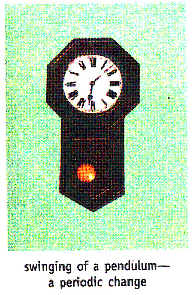
(b) Non periodic change : A changes which does not occur after regular intervals of time is called a non-periodic change. Most of the changes happening around us are non-periodic changes, occurrence of floods and cyclones are some of them.
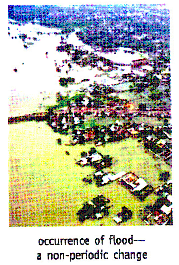
(iii) Desirable and undesirable changes
(a) Desirable change : Some changes are beneficial for the mankind and we desire them to happen. Such changes are called desirable changes.
eg. ripening of fruits, photosynthesis
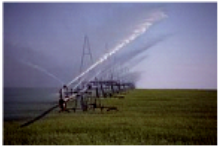
(b) Undesirable change : Some changes are harmful for us, and we need to stop them. Such changes are called undesirable changes.
eg. Spoilage of food, rusting of iron.
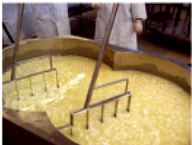
(iv) Natural and Man-Made changes
(a) Natural change : A change that occurs naturally on its own is called a natural change.
eg. changing of season, occurence of tides, eclipses.
(b) Man-made change : A man-made change is the one that occurs because of human activities.
e.g. Changing the direction of flow of a river by building a dam.
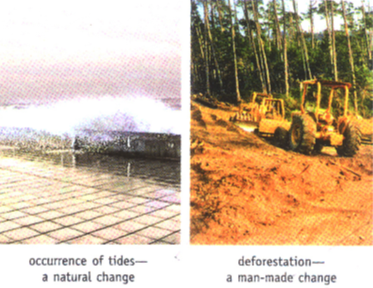
(v) Slow and Fast changes
(a) Slow changes : Some changes take place at a slow rate, such changes are called slow changes.
eg. Growth of plant, rusting of iron
(b) Fast changes : Some change take place in a fraction of second, such changes are called fast changes
eg. Occurence of lightning during thunderstorm, earthquakes.
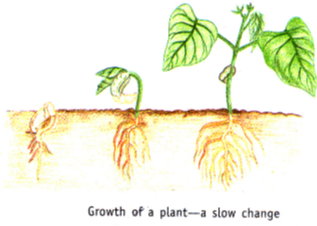
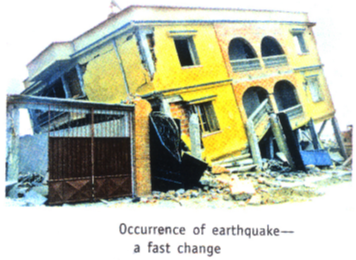
- Books Name
- Class 6 Science Book
- Publication
- PathSet Publications
- Course
- CBSE Class 6
- Subject
- Science
Could there be other ways to bring a change?
There are other ways to bring about changes in substances:
- Mixing two substances together: A small amount of curd is added to warm milk which leads to conversion of that milk into curd. This is an irreversible change.
When we add a salt to water it becomes salty but this is a reversible change.
- Expansion and Contraction: In order to make tools like an axe, the ring of its iron blade is heated which allows it to expand i.e. become larger in size and then is allowed to cool down which makes it contract again i.e. become smaller in size leading to a tight fit of the handle.

- Evaporation, Condensation
- Evaporation is a phenomenon in which a substance expands due to which its shape changes.
- Condensation is a process of changing of a substance from vapour to liquid on cooling.
- For example: - If we take water in a pan and if heat it the water in the pan will start boiling.
- So liquid form of water is changing into vapour form.
- In case of evaporation a change occurs. Liquid is changing into its water vapour form.
- Also by the process of condensation water vapour changes back to its liquid form.
- So it is a reversible change.
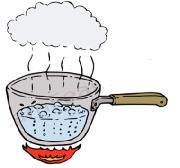

 Param Publication
Param Publication
 PathSet Publications
PathSet Publications
